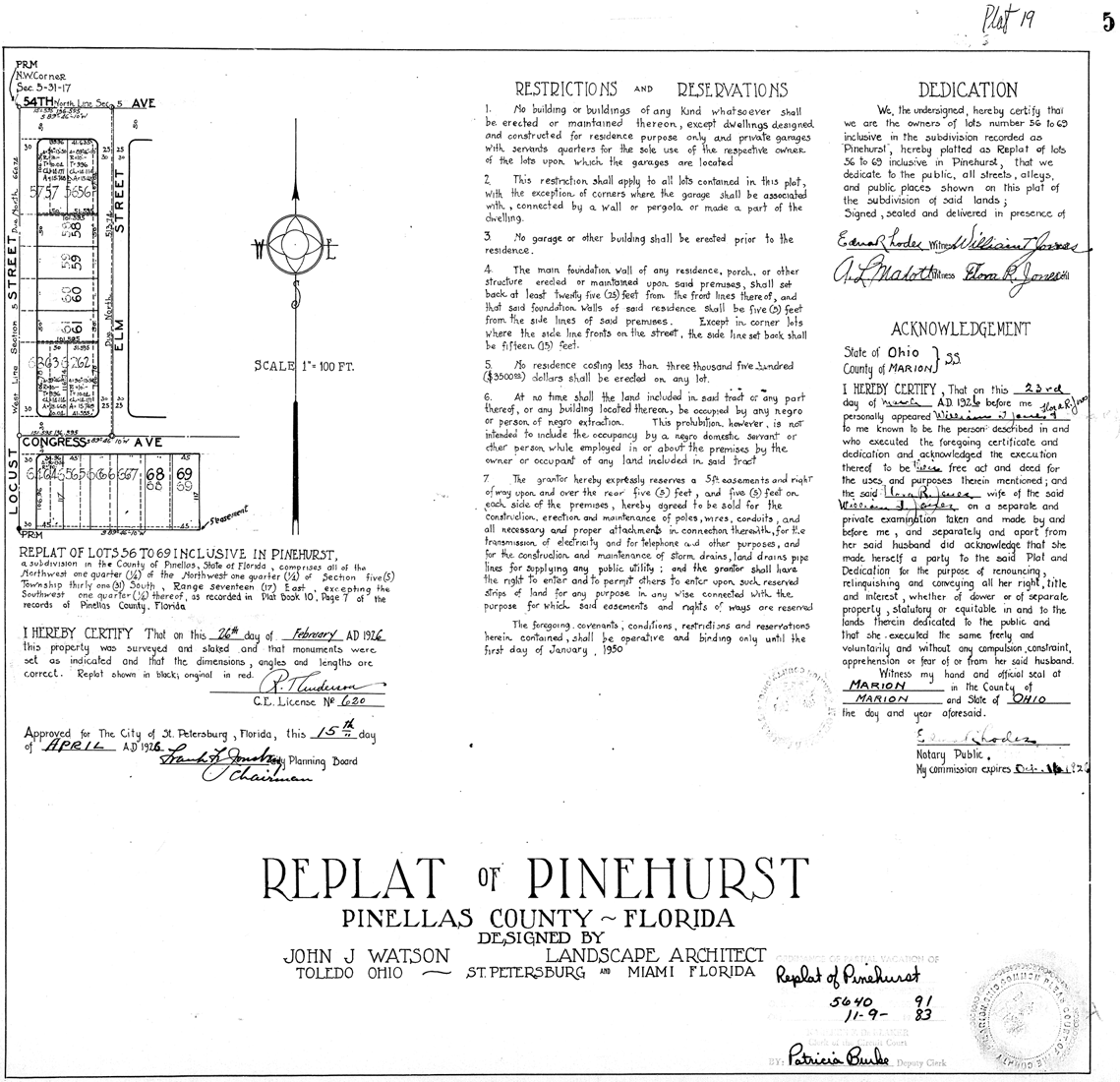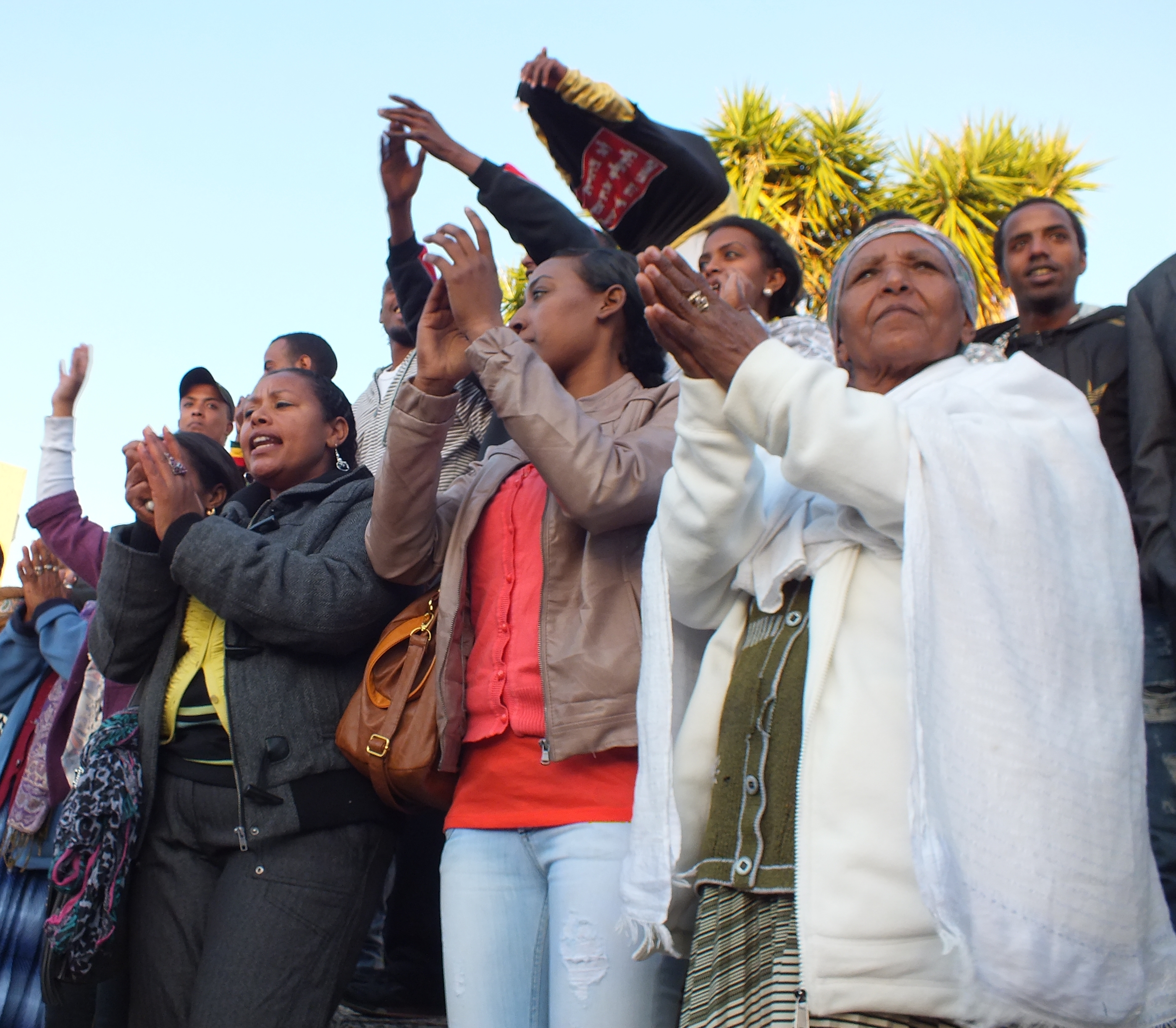 |
Kiryat Malakhi
Kiryat Malakhi ( he, קִרְיַת מַלְאָכִי, also Qiryat Malakhi or Kiryat Malachi) is a city in the Southern District of Israel, from Ashkelon. In it had a population of . Its jurisdiction is 4,632 dunams (~4.6 km2). History Kiryat Malakhi, literally "City of Angels", was established in 1951 as a '' ma'abara'', or tent city, to house the masses of Jewish immigrants, who arrived during the early days of the state, many of them part of the Jewish exodus from Arab and Muslim countries. The name was chosen to honor the Jewish community of Los Angeles, which contributed much of the funding for its establishment. It was founded on the land belonging to the depopulated Palestinian village of Qastina. Kiryat Malakhi later became one of several development towns in the Negev. Moshe Katsav, later Israel's eighth president, was elected mayor in 1969 at the age of 24. His younger brother, Lior Katsav, was also mayor of Kiryat Malakhi, whilst Yosef Vanunu held th ... [...More Info...] [...Related Items...] OR: [Wikipedia] [Google] [Baidu] |
 |
List Of Cities In Israel
This list includes localities that are in Israel that the Israeli Ministry of Interior has designated as a city council. Jerusalem includes occupied East Jerusalem. The list is based on the current index of the Israel Central Bureau of Statistics (CBS). Within Israel's system of local government, an urban municipality can be granted a city council by the Interior Ministry when its population exceeds 20,000. The term "city" does not generally refer to local councils or urban agglomerations, even though a defined city often contains only a small portion of an urban area or metropolitan area's population. List Israel has 16 cities with populations over 100,000, including Jerusalem and Tel Aviv-Yafo. In all, there are 77 Israeli localities granted "municipalities" (or "city") status by the Ministry of the Interior, including four Israeli settlements in the West Bank. Two more cities are planned: Kasif, a planned city to be built in the Negev, and Harish, originally a sma ... [...More Info...] [...Related Items...] OR: [Wikipedia] [Google] [Baidu] |
 |
Development Town
Development towns ( he, עיירת פיתוח, ''Ayarat Pitu'ah'') were new settlements built in Israel during the 1950s in order to provide permanent housing for a large influx of Jewish immigrants from Arab countries, Holocaust survivors from Europe and other new immigrants (Olim), who arrived to the newly established State of Israel. The towns were designed to expand the population of the country's peripheral areas while easing pressure on the crowded centre. Most of them were built in the Galilee in the north of Israel, and in the northern Negev desert in the south. In addition to the new towns, Jerusalem was also given development town status in the 1960s. In the context of the Arab–Israeli conflict, Jewish refugees from Arab states were initially resettled in refugee camps, known variously as immigrant camps, ''ma'abarot'' and development towns. Development towns were subsequently considered by some to be places of relegation and marginalisation. Background At the end ... [...More Info...] [...Related Items...] OR: [Wikipedia] [Google] [Baidu] |
 |
New Israeli Shekel
The new Israeli shekel ( he, שֶׁקֶל חָדָשׁ '; ar, شيكل جديد ; sign: ₪; ISO code: ILS; abbreviation: NIS), also known as simply the Israeli shekel ( he, שקל ישראלי, ar, شيكل إسرائيلي), is the currency of Israel and is also used as a legal tender in the Palestinian territories of the West Bank and the Gaza Strip. The new shekel is divided into 100 agorot. The new shekel has been in use since 1 January 1986, when it replaced the hyperinflated old shekel at a ratio of 1000:1. The currency sign for the new shekel is a combination of the first Hebrew letters of the words ''shekel'' () and ''ẖadash'' () (new). When the shekel sign is unavailable the abbreviation ''NIS'' ( and ) is used. History The origin of the name "shekel" () is from the ancient Biblical currency by the same name. An early Biblical reference is Abraham being reported to pay "four hundred shekels of silver" to Ephron the Hittite for the Cave of the Patriarc ... [...More Info...] [...Related Items...] OR: [Wikipedia] [Google] [Baidu] |
 |
Association For Civil Rights In Israel
The Association for Civil Rights in Israel (ACRI) (Hebrew: ; Arabic: ) was created in 1972 as an independent, non-partisan not-for-profit organization with the mission of protecting human rights and civil rights in Israel and the territories under its control. ACRI is Israel's oldest and largest human rights organization. Headquartered in Tel Aviv, with offices in Jerusalem, and Nazareth, the organization promotes transparency and accountability in government. ACRI has been accused by critics, including former Prime Minister Yitzhak Rabin, of defending terrorists. History Established in 1972, ACRI views itself as being "committed to promoting the universality of human rights and defending the human rights and civil liberties of all, regardless of religion, nationality, gender, ethnicity, political affiliation, sexual orientation, or socioeconomic background." The association established its views based on the basic rights recognized in the Universal Declaration of Human Rights ... [...More Info...] [...Related Items...] OR: [Wikipedia] [Google] [Baidu] |
 |
Covenant (law)
A covenant, in its most general sense and historical sense, is a solemn promise to engage in or refrain from a specified action. Under historical English common law, a covenant was distinguished from an ordinary contract by the presence of a seal. Because the presence of a seal indicated an unusual solemnity in the promises made in a covenant, the common law would enforce a covenant even in the absence of consideration. In United States contract law, an implied ''covenant'' of good faith is presumed. A covenant is an agreement like a contract. The covenantor makes a promise to a covenantee to perform an action ''(affirmative covenant'' in the United States or ''positive covenant'' in England and Wales) or to refrain from an action (negative covenant). In real property law, the term ''real covenants'' means that conditions are tied to the ownership or use of land. A "covenant running with the land", meeting tests of wording and circumstances laid down in precedent, imposes duti ... [...More Info...] [...Related Items...] OR: [Wikipedia] [Google] [Baidu] |
 |
United Jewish Communities
The Jewish Federations of North America (JFNA), formerly the United Jewish Communities (UJC), is an American Jewish umbrella organization representing 146 Jewish Federations and 300 independent Jewish communities across North America, which raise and distribute more than $3 billion annually and through planned giving and endowment programs to support social welfare, social services and educational needs. JFNA also provides fundraising, organization assistance, training, and overall leadership to the Jewish Federations and communities throughout the United States and Canada. The Federation movement protects and enhances the well-being of Jews worldwide through the values of tikkun olam, tzedakah and Torah. JFNA was formed from the merger of the United Jewish Appeal (UJA), Council of Jewish Federations, and the United Israel Appeal. The organization hosts an annual General Assembly event for the broad North American Jewish community. History Council of Jewish Federations Th ... [...More Info...] [...Related Items...] OR: [Wikipedia] [Google] [Baidu] |
 |
Aliyah From Ethiopia
Aliyah from Ethiopia is the immigration of the Beta Israel people to Israel. Early forms of Zionism have existed in Ethiopia since the mid 19th-century, as shown in the 1848 letters from the Beta Israel to Jews in Europe praying for the unification of Jews. A year after the first letter was sent, Daniel Ben Hananiah and his son were sent by the Kahen to Jerusalem and made contact with the Jewish leaders there. 19th century In a letter written by Abba Zaga of Beta Israel to Jerusalem, the Kahen speaks on their wish to return to Zion: In 1869, Abba Mehari led an attempted mass aliyah to Jerusalem. It was a failure due to disease and many died. German-born missionary Johann Martin Flad reported in 1874: "Once I met a monk, Abba Mehari, who was convinced that the time was coming when the Lord would gather them the Jews of all peoples, and bring them into the land of their ancestors." Pre-Israel Immigration The first Ethiopian-Jewish immigrants to successfully make Aliyah a ... [...More Info...] [...Related Items...] OR: [Wikipedia] [Google] [Baidu] |
 |
1990s Post-Soviet Aliyah
The 1990s post-Soviet aliyah began en masse in the late 1980s when the government of Mikhail Gorbachev opened the borders of the USSR and allowed Jews to leave the country for Israel. Between 1989 and 2006, about 1.6 million Soviet Jews and their non-Jewish spouses and their relatives, as defined by the Law of Return, emigrated from the former Soviet Union. About 979,000, or 61%, migrated to Israel. Another 325,000 migrated to the United States, and 219,000 migrated to Germany.Post-Soviet Aliyah and Jewish Demographic Transformation – Mark Tolts. According to the Israeli Central Bureau of Statistics, 26% of the immigrants who a ... [...More Info...] [...Related Items...] OR: [Wikipedia] [Google] [Baidu] |
 |
Operation Pillar Of Defense
In November 2012, the Israel Defense Forces launched Operation Pillar of Defense ( he, עַמּוּד עָנָן, ''ʿAmúd ʿAnán'', literally: " Pillar of Cloud") which was an eight-day campaign in the Hamas-governed Gaza Strip, which began on 14 November 2012 with the killing of Ahmed Jabari, chief of the Gaza military wing of Hamas by an Israeli airstrike. The operation was preceded by a period with a number of mutual Israeli–Palestinian responsive attacks. According to the Israeli government, the operation began in response to the launch of over 100 rockets at Israel during a 24-hour period, an attack by Gaza militants on an Israeli military patrol jeep within Israeli borders, and an explosion caused by IEDs, which occurred near Israeli soldiers, on the Israeli side of a tunnel passing under the Israeli West Bank barrier. The Israeli government stated that the aims of the military operation were to halt rocket attacks against civilian targets originating from the G ... [...More Info...] [...Related Items...] OR: [Wikipedia] [Google] [Baidu] |
 |
Jewish National Fund
Jewish National Fund ( he, קֶרֶן קַיֶּימֶת לְיִשְׂרָאֵל, ''Keren Kayemet LeYisrael'', previously , ''Ha Fund HaLeumi'') was founded in 1901 to buy and develop land in Ottoman Syria (later Mandatory Palestine, and subsequently Israel and the Palestinian territories) for Jewish settlement. The JNF is a non-profit organization.Professor Alon Tal, The Mitrani Department of Desert Ecology, The Blaustein Institutes for Desert Research, Ben Gurion University of the Nege"NATIONAL REPORT OF ISRAEL, Years 2003-2005, TO THE UNITED NATIONS CONVENTION TO COMBAT DESERTIFICATION (UNCCD)"; State of Israel, July 2006 By 2007, it owned 13% of the total land in Israel. Since its inception, the JNF says it has planted over 240 million trees in Israel. It has also built 180 dams and reservoirs, developed of land and established more than 1,000 parks. In 2002, the JNF was awarded the Israel Prize for lifetime achievement and special contribution to society and the State of Is ... [...More Info...] [...Related Items...] OR: [Wikipedia] [Google] [Baidu] |
|
Yosef Vanunu
Yosef Vanunu ( he, יוסף ונונו, born 7 August 1945) is an Israeli economist and former politician who served as a member of the Knesset for the Labor Party from 1992 until 1996. Biography Born in El Kelaa des Sraghna, Morocco in 1945, Vanunu's father was a prominent rabbi. He made aliyah to Israel in 1955 and initially lived in moshav Gefen, before moving to Kiryat Malakhi in 1957, where his father built the town's first synagogue. He studied for a BA in economics and agriculture at the Hebrew University of Jerusalem, before receiving a PhD in economics from Bar-Ilan University. He worked as an economist and was a member of the Histadrut council. He was elected mayor of Kiryat Malakhi local council in 1981 on the Herut list, and was re-elected twice, the second time as an independent. [...More Info...] [...Related Items...] OR: [Wikipedia] [Google] [Baidu] |